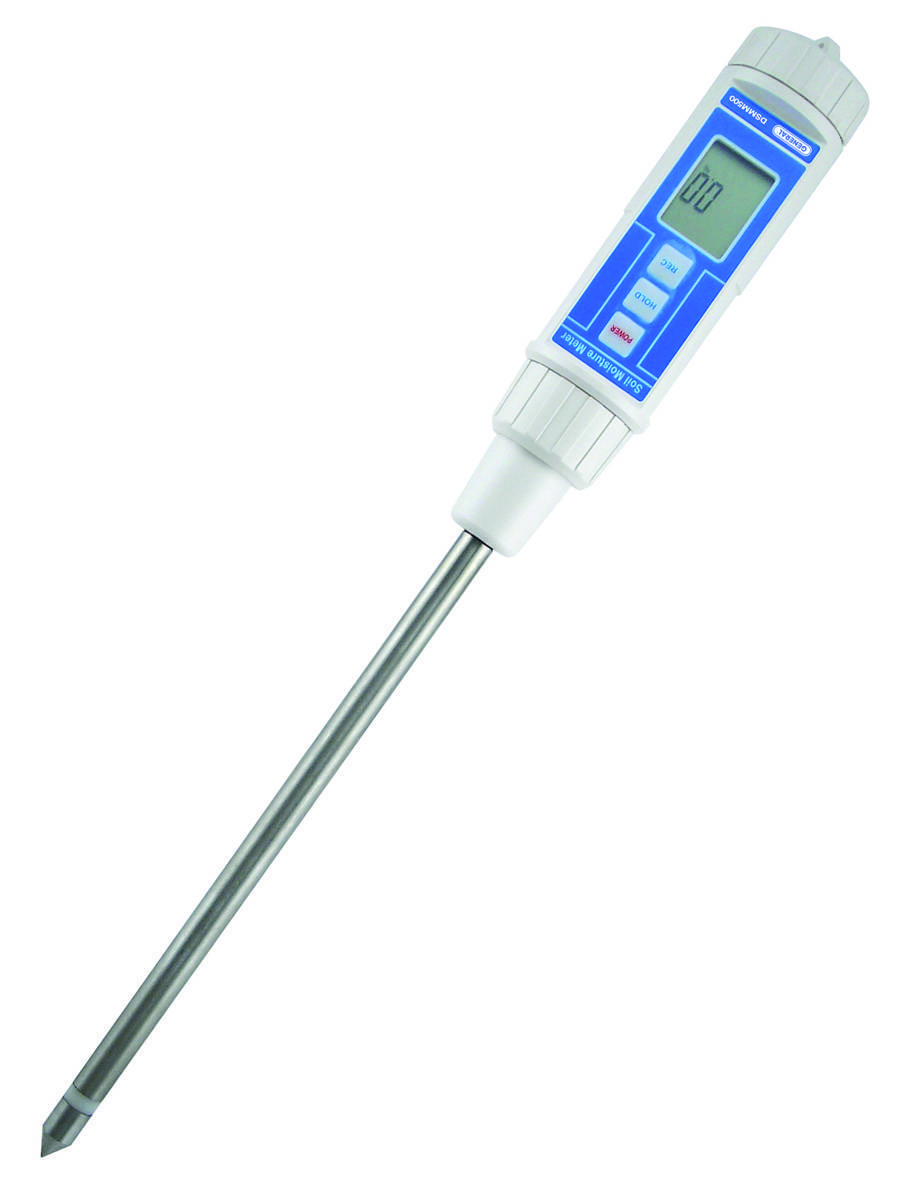The Scientific Research Behind Moisture Meters: Exactly How They Work and Why They're Essential
The Scientific Research Behind Moisture Meters: Exactly How They Work and Why They're Essential
Blog Article
Look Into the Globe of Moisture Meters: Whatever You Required to Know
In the realm of moisture meters lies a globe of precision and functionality that frequently goes unnoticed. These devices, while seemingly straightforward, hold a wealth of information that can significantly impact various sectors and applications. Comprehending how moisture meters run, the various kinds offered, and their varied uses can shed light on their significance in ensuring top quality and efficiency. By exploring the complexities of dampness meters, one can uncover an important tool that transcends plain measurement, providing insights that can make a considerable distinction in many fields.
Just How Moisture Meters Work
Moisture meters run by measuring the electrical conductivity or capacitance of materials to determine the dampness content existing. These meters are indispensable devices across numerous industries, consisting of construction, woodworking, and agriculture. By using different techniques such as pinless or pin-type innovation, wetness meters supply precise readings that assist specialists make informed choices.
Pin-type moisture meters function by inserting the sharp pins into the material being checked. The electric conductivity between the pins is after that measured, with higher wetness levels causing enhanced conductivity. Moisture Meter. On the various other hand, pinless moisture meters use electromagnetic signals to check a larger location without causing any damage to the product's surface area. These meters are excellent for quickly analyzing dampness levels in large areas or finished items.
Despite the method used, dampness meters play a crucial role in avoiding problems such as mold growth, architectural damages, or product issues triggered by excess wetness. Recognizing how these meters work is important for making sure the quality and integrity of products in numerous applications.
Kinds Of Moisture Meters
Offered the critical duty dampness meters play in different industries, it is important to understand the different types offered to experts for accurately analyzing moisture levels - Moisture Meter. There are mainly 2 primary kinds of dampness meters: pin-type and pinless wetness meters

On the various other hand, pinless dampness meters utilize electromagnetic sensing unit plates to check a bigger area of the material without triggering any damage. This kind is ideal for rapidly scanning huge locations and is typically used for flooring, walls, and ceilings. Pinless meters are convenient for taking readings on finished surfaces without leaving any kind of visible marks.
Both types of moisture meters have their advantages and are selected based upon the certain requirements of the click resources job available. Recognizing the differences between these kinds is crucial for specialists to make precise wetness evaluations.
Applications Throughout Industries
Construction professionals count on moisture meters to examine the dampness levels in building materials like concrete, wood, and drywall, which is vital for maintaining architectural integrity and avoiding concerns like rot or mold. The floor covering sector makes use of moisture meters to gauge the moisture material in subfloors before installing different flooring coverings, protecting against expensive damages try this out due to excess moisture. In the food sector, dampness meters are made use of to monitor and control moisture levels in items such as grains, nuts, and dried out fruits to preserve freshness and quality.
Tips for Utilizing Wetness Meters
Make use of the dampness meter's calibration setups to make sure exact readings when gauging the wetness material in numerous materials. Additionally, make certain the meter is set to the correct moisture variety for the material you are measuring to get the most exact outcomes.
When using a pin-type wetness meter, insert the pins to the suitable depth recommended for the product being evaluated. This ensures that the wetness analyses are drawn from the correct deepness within the product, giving an extra exact depiction of its wetness content. For pinless moisture meters, keep in mind to keep appropriate contact with the product's surface to obtain trustworthy analyses.
Routinely examine and replace the batteries in your dampness meter to avoid incorrect analyses because of reduced power. Shop the meter in a completely dry and risk-free location when not being used to lengthen its life expectancy and keep its accuracy. By adhering to these suggestions, you can make the most of the performance of your dampness meter and acquire precise wetness web content measurements throughout various materials.
Maintenance and Calibration
To make certain the accuracy of dampness content dimensions, routine upkeep and calibration of the wetness Get More Information meter are important action in its proper performance. Upkeep entails maintaining the wetness meter tidy and cost-free from particles that might influence its readings. It is essential to adhere to the supplier's guidelines for cleansing to avoid damages to the gadget. Furthermore, regular calibration is necessary to validate the precision of the analyses. Calibration readjusts the moisture meter to make sure that it supplies dependable and regular results.
Calibration ought to be done occasionally, particularly if the moisture meter is made use of often or in crucial applications where precise dimensions are called for. Many moisture meters feature calibration devices or can be adjusted by expert solutions. Moisture Meter. It is suggested to maintain a log of calibration dates and results to track the efficiency of the dampness meter gradually. By calibrating the moisture and keeping meter regularly, customers can trust the accuracy of the moisture material dimensions obtained.
Conclusion

To conclude, moisture meters play a vital duty in various industries by accurately gauging the moisture web content of materials. Understanding just how these gadgets function, the various kinds available, and correct maintenance and calibration are important for getting trusted results. Whether in construction, manufacturing, or farming, using dampness meters helps ensure quality assurance and effectiveness in processes.

In verdict, moisture meters play a vital function in different industries by properly measuring the wetness web content of materials.
Report this page